Tetra Pak's Charles Brand on trends
At the World Processing Tomato Congress last month, Charles Brand, vice-president, Marketing and Product Management at Tetra Pak, spoke on global consumer trends influencing the food industry. He shares more with Retail Asia.
Q: What are the major trends in the processed tomato industry as Tetra Pak sees them and the opportunity therein for retailers and foodservice operators in the Asia-Pacific region?
A:Tetra Pak sees six dominant consumer trends in the Asia-Pacific region and across the world as well.
Today, the modern consumers:
• Have less time on their hands and are expecting more from their products and stores;
• Are stressed and stretched for time, and want products that can simplify their lives and offer them more free time;
• Are increasingly mobile and cosmopolitan, and want products that enrich their lives with new experiences, variety and choices;
• Are more concerned about health and well-being, and want products that are natural and nutritious;
• Demand products that are safe and secure, and products that offer them transparency on where and how they were made; and
• They want products and shopping experiences that offer engagement – simply click and connect to gain experiences such as product information, culinary tips and other activities.
These trends are largely driven by important factors such as changing demographics, urbanisation and the emergence of middle class consumers in Asia-Pacific.
This is creating enormous opportunities for food companies, retailers and packaging companies that offer consumers value-added products and shopping experiences that match these consumer trends. By designing products that meet these needs, brands can stand out and achieve growth.
Q: How can food wholesalers/retailers unlock growth? What are the most significant consumer trends and eating habits, for example, the popularity of Italian cuisine in Asia, impacting the industry?
A: Adding value beyond price is the secret — be it offering quality ingredients, health benefits, convenience or brand heritage. If we take two of our core consumer trends as examples, we can see how they can impact product design, formulation and choice.
Looking at the shift of economic power from developed to developing markets across the Asia-Pacific, we can see that it is creating unprecedented growth opportunities to meet the demands of a new generation of affluent consumers.
If we take tomato products as an example, we can see the emergence of European-style products such as Italian pasta sauces or the use of chopped tomatoes for cooking – this is being driven by newly affluent consumers wanting to use their disposable incomes to experiment more on food.
Q: What does the product of the future look like and what’s the importance of packaging? How will this be a boon to chefs and owners of restaurants?
A: The product of the future needs to offer added value to the consumer, helping them to meet their changing needs.
Packaging can help in this value-adding process — it can help to simplify the complex lives of consumers, entice them to experiment with new tastes and flavours as well as engage them emotionally and ethically. Moreover, innovative packaging keeps food safe, fresh and nutritious.
For example, with Tetra Recart, which is a retortable carton package designed for shelf-stable products like vegetables, beans, tomatoes, soups and sauces that are traditionally packed in cans, glass jars or pouches, the food can be sterilised inside the package and stay fresh for up to 24 months.
It is easy to open and close – making life simpler for chefs and consumers. It displays well on a shelf and is incredibly space/weight efficient, a benefit to retailers, restaurants and consumers alike.
The environment-friendly Tetra Recart exceeds the demanding needs of the food industry as it keeps food fresher and longer without refrigeration. Indeed, the carton package meets the 21st century consumers’ demands for safety, convenience and environmental performance.



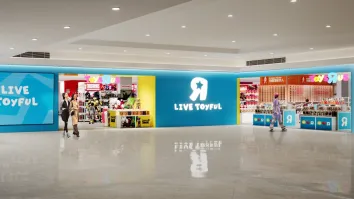
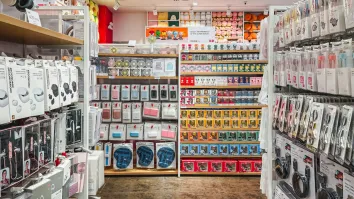
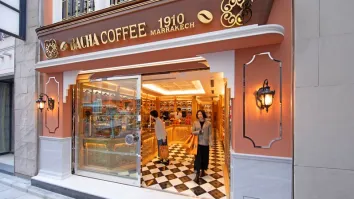



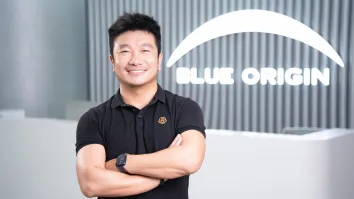
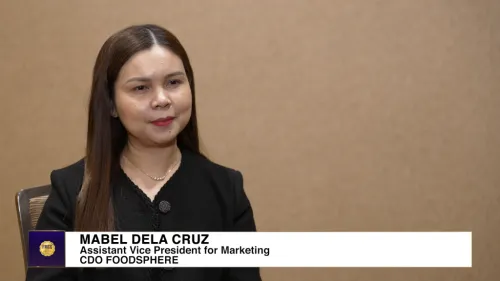
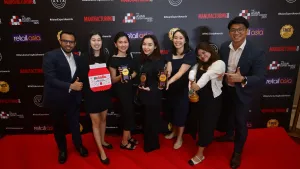
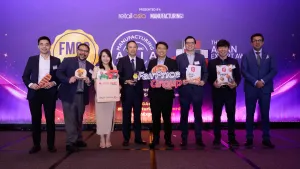



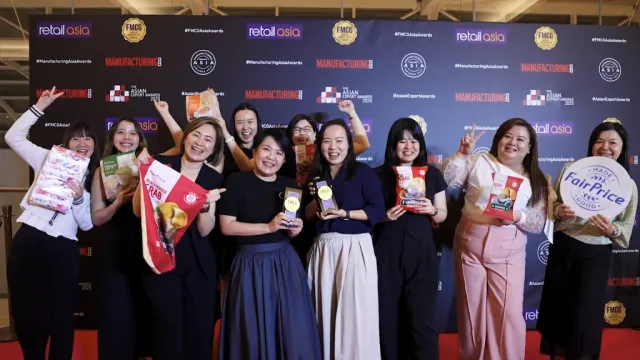

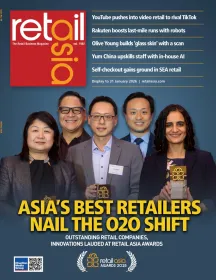
 Advertise
Advertise








